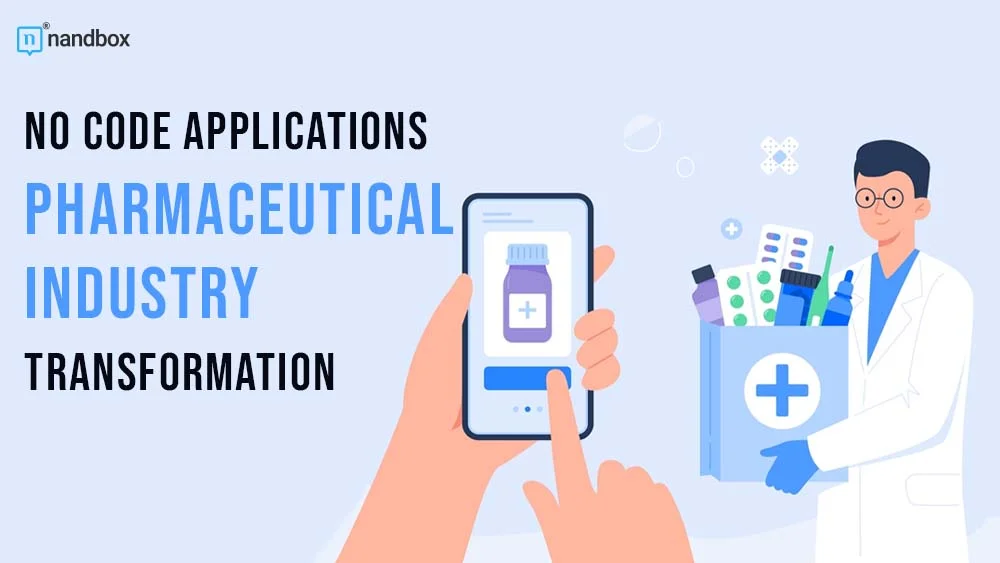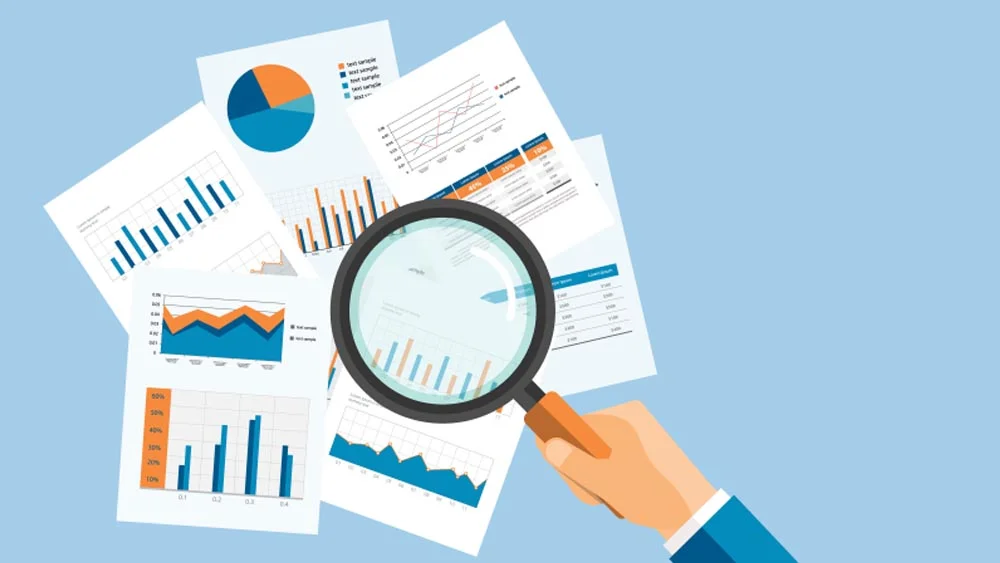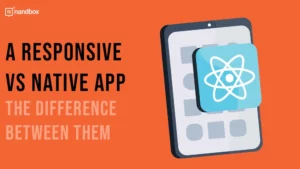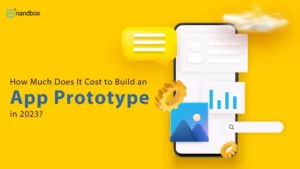The pharmaceutical business is at the vanguard of a rapid digital transition. Moreover, it embraces innovative technology to streamline operations, improve cooperation, and quickly bring life-saving products to the market. No code applications and low-code platforms are establishing themselves as game-changers in this era of technological developments. These platforms make it possible for pharmaceutical businesses to improve their end-to-end operations in an effective manner.
These platforms provide the ability for citizen developers who have domain expertise but minimal technical skills to design apps that suit their individual requirements without having to write sophisticated code. In the pharmaceutical industry, no-code low-code delivers new solutions by putting rapidity, flexibility, empowerment, and creativity into the grasp of business users.
Citizen Development in the Life Sciences: A Positive Step
The life sciences industry has ongoing demands and problems; therefore, the capacity to innovate quickly and streamline procedures is essential. A paradigm-shifting idea, citizen development gives non-technical staff members the ability to actively contribute to the design of digital solutions. Moreover, citizen developers evolve into an important resource in the pharmaceutical sector, where subject-matter knowledge is essential. With a thorough awareness of the nuances of the sector, these people may now actively contribute to creating applications that meet their particular needs. As a result, the entire organization benefits from quicker problem-solving, greater adaptability, and a greater sense of ownership.
Innovative Use Cases in the Pharmaceutical Industry: Clinical Trial Administration
Streamline the entire process of conducting clinical trials with the use of special programs that are designed to operate the process. Like monitoring the progress of the trials, recruiting patients, handling data, and recording adverse events. Furthermore, no-code automation guarantees a speedy gathering of data, a simple onboarding process for patients, and real-time analytics. Automated processes, alerts, and notifications inform participants with important protocol revisions and milestones.
Drug Research and Development
Applications that simplify data processing, recognize promising drug candidates, and streamline research workflows can help drug development activities go along more quickly. This enables the discovery of potentially useful molecules at a faster rate. Additionally, dashboards that display data in real time offer researchers priceless insights that may be used to make decisions based on data.
No Code Applications: Compliance With Regulations
Automated methods for monitoring documentation and reporting adverse occurrences simplifies the process. That is in addition to adhering to industry rules. Al of this can make regulatory compliance much simpler. Moreover, you can facilitate the handling of documentation and fully automate the submission of regulatory reports. Compliance teams are able to remain ahead of deadlines. That is, with the support of simplified procedures and timely notifications.
Systems for Managing Quality AKA: Quality Management Systems (QMS)
Develop specialized QMS apps in order to monitor quality deviations, CAPAs (Corrective and Preventative Actions), and audits in an effective manner, so guaranteeing that quality standards are followed to the letter. Real-time dashboards provide extensive visibility into quality measurements, while automated processes handle quality deviations and CAPA processes.
Management of Stock and Supplies
Automating purchase orders and keeping track of the amount of stock and expiration dates are two ways to improve the efficiency of inventory management. Also, automated processes ensure that there is no disruption in the supply chain. Additionally, email and text message notifications provide timely notification to users about scarce supplies or products that are about to expire.
No Code Applications: Analytical Tools for Sales and Marketing
Provide real-time data to sales and marketing teams through the use of interactive dashboards. That is to facilitate quick reactions to shifting market conditions. Also, to maximize the available opportunities. When you generate reports and dashboards automatically, you’ll find it easier to make decisions based on the facts.
Management of Relationships with Patients
Improve patient care and participation with the help of applications that are centered on the patient and that handle patient data, scheduling, and interactions. Patients are more likely to stick to their treatment regimens when they are provided with automated reminders for appointments and follow-up procedures.
No Code Applications: Visibility Throughout the Supply Chain
Enhance the visibility of your supply chain through the use of applications that monitor product shipments. Additionally, predict customer demand and manage your relationships with suppliers. Maintain awareness of any disturbances to the supply chain. That is through the use of automated alerts and notifications. Dashboards that display data in real time provide information on the performance of supply chains.
Practicing Pharmacovigilance
Automate pharmacovigilance processes so that you can identify and analyze adverse drug reactions more quickly. Thereby increasing the likelihood that patients will be out of harm’s way. Rapid reactions to product-related concerns are triggered as a result of automated processes and notifications. Real-time pharmacovigilance monitoring is made easier with the use of automated reports.
Analytics of Big Data and Business Intelligence
Empower teams by providing them with tools for data analysis and meaningful insight generation that they can use independently of information technology (IT). Real-time visibility into vital company KPIs is made possible through the use of automated reporting and dashboards.
Administration of Vendors
Create programs to monitor vendor performance and ensure compliance, as well as monitor contract renewals, in order to achieve optimal results in managing vendor relationships. Streamline the evaluation of vendors and the process of renewing contracts with the use of computerized procedures and notifications.
On-boarding and Training Procedures
Training and onboarding new employees should be made easier with the use of individualized learning administration systems and interactive courses. The management of training assignments and the tracking of progress toward completion are both handled by automated systems.
Automating the Field Force
Apps for mobile devices should be made available to pharmaceutical sales personnel so they may manage client interactions, product details, and sales data. Follow-ups with leads and interactions with customers can be made more efficient through the use of automation.
Monitoring of Patient Compliance
Monitoring a patient’s adherence to their medicine is one way to promote better health outcomes and compliance with medication. Develop software that notifies users of their upcoming medical appointments. Additionally, manages their medication in a timely manner.
Collaborative R&D Efforts
Facilitate collaboration across functional lines and the exchange of information by utilizing collaborative workplaces and online document-sharing platforms. You can manage document permissions and control of versions through the use of automated processes.
Planning for the Launch of a Product
Plan and carry out fruitful product releases with the assistance of programs that coordinate the activities of advertising, sales, and supply chain management. Furthermore, the launch preparation and execution will go off without a hitch thanks to the automated processes.
Post-Market Observation and Analysis
After you release the product into the market, you can monitor it’s performance using automated programs for reporting undesirable events and analyzing customer feedback. Automated systems simplify the identification and reporting of signals.
Allocation of Resources and Financial Planning
Using dynamic applications for money management and resource forecasting, you can optimize the processes of distributing resources and budgeting to achieve optimal results. Automated processes are in charge of managing budget approval and resource tracking.
Competitive Analysis
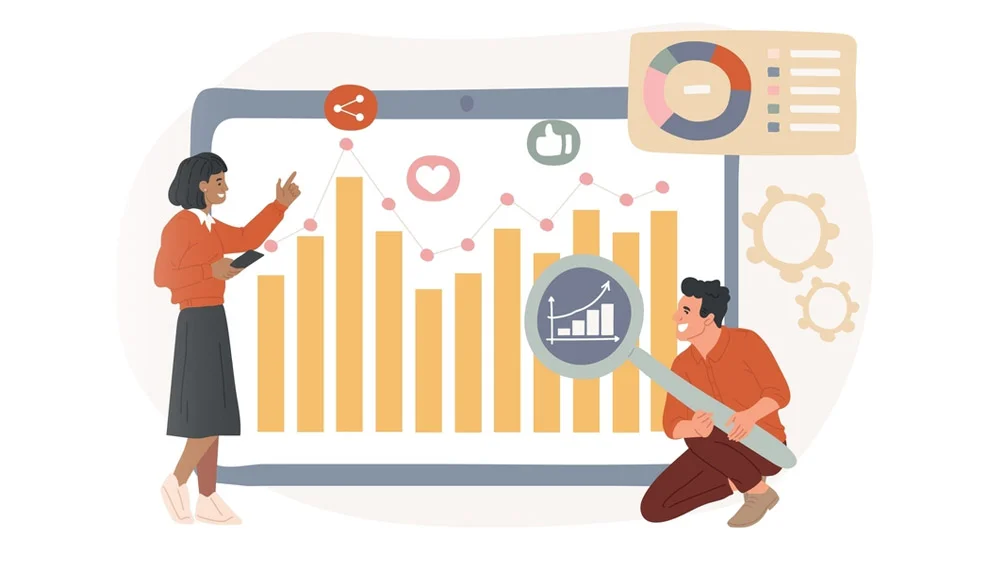
Utilize specialized apps that follow market trends, competition activity, and pricing tactics to collect and analyze competitive intelligence. Automated data collection and analysis streamline the gathering of competitive intelligence.
Benefits of Citizen Development and No Code Applications in Pharmaceuticals
- Rapid Application Development: Citizen developers are able to swiftly build apps. Which shortens the amount of time needed for development and speeds up the time it takes for digital solutions to deliver value.
- Empowering non-technical staff: Performing technical tasks reduces the amount of work that IT departments must complete. Also, it frees them up to concentrate on other significant projects and endeavors.
- Improved Collaboration: The elimination of silos brought forth by citizen development helps create a harmonious working atmosphere. Additionally, it encourages collaboration across functional lines.
- Innovation at Scale: Suggestions for innovation can arise from a variety of organizational levels, which fosters a culture of continual development and creative thinking inside a business.
- Improved Accountability and Quality: Reduced procedures achieved via the use of no-code or low-code applications contribute to improved compliance with legal requirements and improved quality of the product.
- Automated Workflows, Warnings, and Messages: No-code and low-code solutions make it possible to implement workflows, alerts, and notifications, which improves operational efficiency and ensures taking timely actions. You can automate notifications sent via SMS and email, as well as reports and dashboards. Which enables seamless communication and decision-making based on data.
Wrapping It Up!
Now that you know the importance of no-code solutions in the pharmaceutical industry, let us discuss business. With nandbox’s native no-code app builder, you can develop a seamless app for your business. That is, whether your business is in the pharmaceutical industry or anything else. All you have to do is sign up for our no-code app builder, choose a template, and customize it based on your preferences. I know how easy it sounds—almost impossible. However, our app builder’s interface depends on a simple drag-and-drop feature addition method.
With this method, you can easily apply the features that you would like to have in your app. You can also use our documentation section as an assistant in your app development journey. This section has every single detail regarding our app builder. Details that explain our modules, features, and configuration settings. Sign up now and don’t miss the opportunity to leverage no-code solutions and their benefits for your side!

